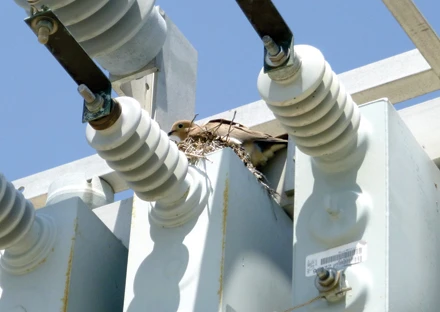Animal Mitigation for Electric Utilities

Prevent animal- and bird-caused outages to improve reliability
BY MARTY NILES, Cantega Technologies
Utilities in North America are under enormous pressure from regulators, customers, and investors to improve reliability performance. Many of the mergers and acquisitions of utilities around North America are being conditioned on how combining two or more companies would improve statistics from utility indexes and indicators including SAIFI (System Average Interruption Frequency Index), SAIDI (System Average Interruption Duration Index) and CAIDI (Customer Average Interruption Duration Index). Utility executives should leave no stone left unturned when addressing this challenge.
While storm hardening with stronger poles, undergrounding of circuits, and lifting substations out of flood areas is being aggressively pursued with billions of dollars in capital spending, many utilities recognize some “low hanging fruit” exists to improve reliability.
“Whereas outages caused by vehicle accidents and storm events are difficult to tackle, animal-caused outages can be addressed using straightforward methods involving insulation and isolation,” says Rick Harness, Certified Wildlife Biologist, EDM International Inc., an electric utility consulting company. A comprehensive survey was initiated by the Electric Power Research Institute (EPRI) in 1998 to determine the causes and solutions for animal-caused outages in the United States. Animals were responsible for approximately nine percent of outage frequency and seven percent of outage duration from 1993 to 1997.
Furthermore, approximately nine percent of all outages were recorded as unknown, and some of these were likely animal related. In 2013, Eaton published its “Blackout Tracker Annual Report”. This report is generated using publicly available outage information from sources including news services and websites. In 2013, they tabulated 3,236 outages and, similar to the EPRI report, assigned six percent to animals with 17 percent unknown.









